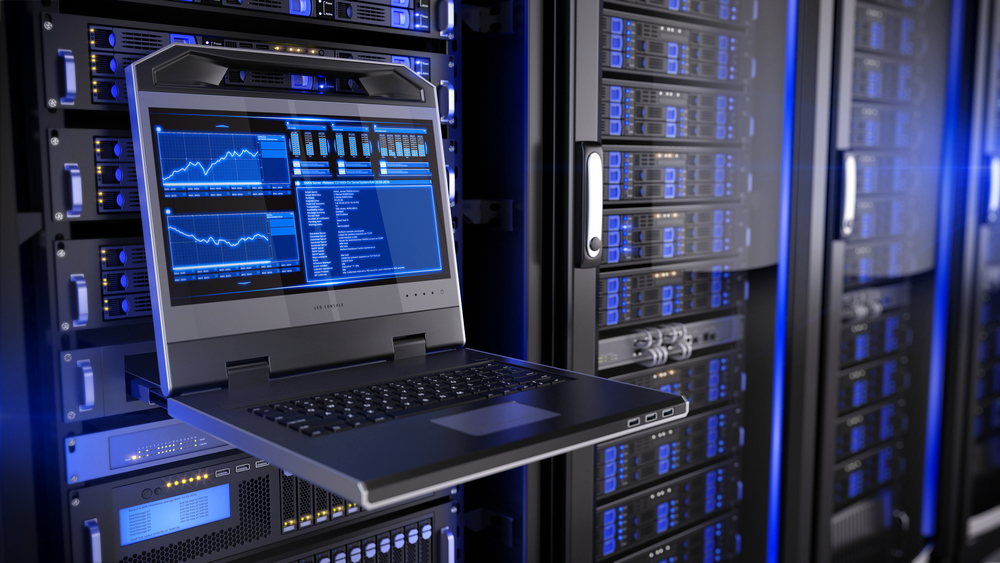
Network Capacity Planning & Performance Analysis
Network Capacity Planning & Performance Analysis
When we think about network capacity, it can be difficult to predict what our businesses will need truly. Anything on our network will utilize some of the available capacity. Capacity, then, is a finite resource that can expand or contract based on current usage.
Think of it like this: Your entire network — meaning your internet-connected business system and all of its inner workings like hardware and software — can only handle so much at one time. The number of simultaneous operations that a network can handle would indicate its capacity. Every business will have a different capacity requirement depending on the work being done. For example, a big-box retailer will need a relatively high network capacity compared to a chain of gas stations due to the total number of connected devices on the premises.
To get the most significant performance gains for your businesses, your IT team will need to carefully consider both current and future use case scenarios to prevent the potential for system failure.
What Is Network Capacity Planning?
Network capacity planning is the allocation and deployment of network-based new and current resources that aid in preventing network system failures due to usage. Routers, firewalls, and switches make op the average business network. Determining what types of traffic flow through the network and what amount can help provide an evidence-based prediction of total server usage needs.
Current Hardware
We also need to look at what our current network infrastructure looks like and how many devices are accessing the network at any given time. Older hardware may need to be upgraded if our current usage is creating massive latency or network crashes. It’s also a good idea to check where the problems are occurring. Sometimes, older hardware may not have the capabilities of newer ‘smart’ technologies that better allocate and reallocate system resources, especially during times of increased traffic.
Bandwidth
Bandwidth is the maximum amount of data that can simultaneously travel over a network. While network speed is how fast our network can send and receive information, bandwidth is how much information can be sent and received at any given time. For example, a video production house might require a lot of bandwidth since video files are typically large and are usually worked on from multiple computers at once. Consider the type of information being sent and received — sometimes, the added cost of increased bandwidth may not be required. Likewise, you don’t want to shortchange your network to avoid increased spending if the end result leads to a decrease in productivity or the ability to generate future revenue.
CPU and Memory Management
CPU and memory management refers to your business’s servers instead of individual computers or workstations. High-end CPUs typically perform better in almost every aspect but quickly increase overall hardware costs. And depending on your business uses, you may not currently need the extra horsepower that more powerful CPUs provide. The same goes for memory — newer mainframes can support more than 40 terabytes. But just as with CPUs, you should consider your current uses before sinking lots of money here. Companies working in machine learning and AI may benefit from such large amounts of memory, but for most businesses, their needs are probably lower.
For CPU and memory purchasing, a good rule of thumb is overestimating your usage by about 20%. You’ll be covered should your usage increase. The best way to truly understand your total network capacity is by conducting a performance analysis.
Network Capacity Performance Analysis
We can perform network stress tests that simulate traffic to identify any shortcomings or points of concern through network monitoring software. This is typically done with the end-user, your employees, in mind. Jitter, throughput, and packet loss measurement are just a few things monitoring software can analyze to pinpoint a problem.
You’ll also want to measure latency. Performing a test of your network’s round trip delay determines how quickly data is sent out and received before sending more. A bad score in this area can affect total network performance but significantly hinder communication applications and VoIP.
By performing these detailed networking tests, we can better understand our network shortcomings to create more productive experiences for those who use the network most.
Why Network Analysis is Important
Ultimately, we want to help mitigate networking issues before reaching our users. This statement holds for all businesses, whether in an office setting or as an end-user for cloud-based applications. A bad user experience can quickly lead to lost revenue, so detecting them as early and as often as possible is best.
With the increased adoption of cloud technology, many users are ditching the once-ubiquitous centralized internet gateway for more decentralized options; it’s essential to make sure we’re monitoring every network touchpoint to understand network performance at every step.

